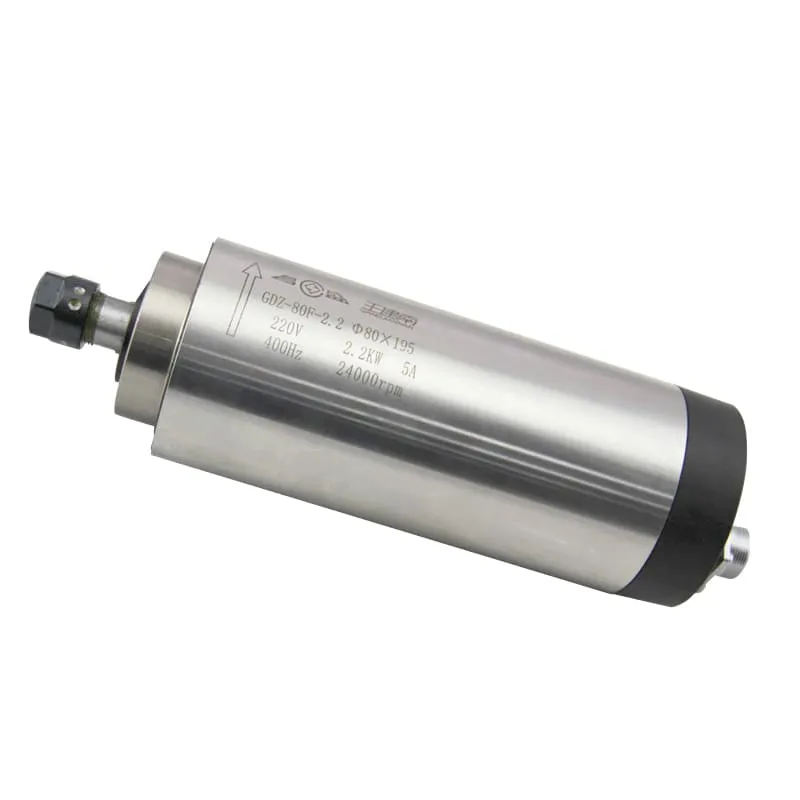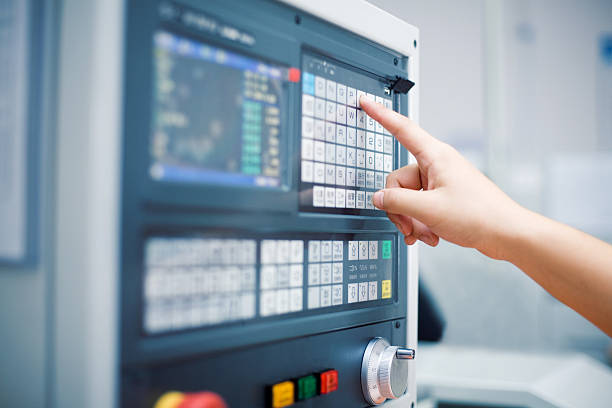Can You CNC Glass?
Yes, you can CNC (Computer Numerical Control) machine glass, although it requires specialized techniques and equipment due to the unique properties of glass. This guide will explore the process of CNC machining glass, covering the challenges, best practices, and equipment needed for successful results.
Understanding Glass as a CNC Material
Glass is an amorphous solid material known for its:
- Brittleness
- Transparency
- Chemical resistance
- Thermal insulation properties
These characteristics make glass machining a challenging but rewarding process when done correctly.

A CNC machine suitable for cutting glass (Note: Specialized equipment is typically required)
Challenges of CNC Machining Glass
- Brittleness: Glass is prone to chipping and cracking under stress.
- Heat Sensitivity: Rapid temperature changes can cause thermal shock and breakage.
- Tool Wear: Glass is abrasive and can quickly wear down cutting tools.
- Precision: Achieving tight tolerances can be difficult due to glass’s brittle nature.
CNC Machining Techniques for Glass
CNC Cutting Glass
- Waterjet Cutting: Often the preferred method for cutting glass sheets.
- Uses a high-pressure water stream mixed with abrasive particles.
- Produces clean cuts without heat-affected zones.
- Diamond Wheel Cutting: For straight cuts and simple shapes.
- Uses a diamond-coated wheel to score and break the glass.
- CNC Routing: For more complex shapes and engravings.
- Requires specialized diamond-tipped tools.
- Typically used with constant water cooling.
CNC Milling Glass
CNC milling of glass is possible but requires extreme care:
- Use diamond-coated or carbide tools designed for glass.
- Employ very high spindle speeds and slow feed rates.
- Constant cooling is crucial to prevent thermal shock.
Best Practices for CNC Machining Glass
- Cooling: Use constant water cooling to manage heat and remove debris.
- Tool Selection: Use diamond-coated or carbide tools specifically designed for glass.
- Machine Setup: Ensure the machine is rigid and vibration-free.
- Workholding: Secure the glass firmly but gently to prevent stress points.
- Speed and Feed: Use high spindle speeds and low feed rates.
Recommended Settings for CNC Cutting Glass
Settings can vary based on the specific glass type and machining method. Here are general guidelines for CNC routing glass:
| Parameter | Recommended Range |
|---|---|
| Spindle Speed | 20,000 – 60,000 RPM |
| Feed Rate | 10 – 50 inches per minute |
| Depth of Cut | 0.010″ – 0.050″ per pass |
Note: These are starting points and may need adjustment based on your specific setup.
Tools for CNC Machining Glass
- Diamond-coated Router Bits: For engraving and shallow cutting.
- Carbide End Mills: For certain types of glass and specific operations.
- Diamond Wheel Cutters: For straight cuts and scoring.
- Waterjet Nozzles: For waterjet cutting systems.
Applications of CNC Machined Glass
- Architectural glass features
- Custom mirrors and decorative panels
- Scientific and optical components
- Artistic installations
- Specialized industrial parts
Safety Considerations
- Eye Protection: Always wear safety glasses to protect against glass particles.
- Respiratory Protection: Use dust masks to avoid inhaling glass dust.
- Handling: Wear cut-resistant gloves when handling glass pieces.
- Cleanup: Use proper methods to dispose of glass waste and dust.
FAQ
1. Can a standard CNC machine cut glass?
Most standard CNC machines are not suitable for cutting glass. Specialized equipment, like waterjet cutters or machines designed for glass, are typically required.
2. What’s the best method for cutting thick glass with CNC?
Waterjet cutting is often the best method for thick glass, as it can cut through significant thicknesses without causing thermal stress.
3. How do I prevent chipping when CNC cutting glass?
Use proper speeds and feeds, ensure constant cooling, and employ tools designed for glass. Starting with a higher-quality glass can also reduce chipping.
4. Can I use coolant when CNC machining glass?
Yes, coolant is crucial when machining glass. Water is commonly used both for cooling and debris removal.
5. What types of glass can be CNC machined?
Most types of glass can be CNC machined, including soda-lime glass, borosilicate glass, and fused silica. However, techniques may vary based on the specific glass type.
6. How does CNC machining glass differ from machining metals?
Glass machining requires much higher spindle speeds, slower feed rates, constant cooling, and specialized tools compared to metal machining. It also produces different types of waste (dust and small chips rather than curled chips).
Conclusion
CNC machining glass is a specialized process that opens up exciting possibilities in architecture, art, science, and industry. While it presents unique challenges due to glass’s brittle nature, with the right techniques, tools, and precautions, it’s possible to achieve precise and complex glass components.
Key to success in CNC machining glass is understanding the material’s properties, using appropriate tools and machine settings, and prioritizing cooling and debris management. Investing in specialized equipment, like waterjet cutters or glass-specific CNC machines, can significantly improve your results and expand the range of possible projects.
As with any advanced manufacturing process, mastering CNC machining of glass requires practice, patience, and continuous learning. Start with simpler projects and gradually work your way up to more complex geometries as you gain experience and confidence.
Remember that while CNC machining offers great precision, it’s not always the best choice for every glass project. Consider the part’s requirements, production volume, and overall cost when deciding whether to use CNC machining or alternative glass fabrication methods.
As CNC technology continues to advance, we can expect even more sophisticated methods for machining glass, potentially opening up new applications in optics, electronics, and other high-tech fields. Whether you’re creating artistic installations, precision optical components, or custom architectural features, mastering CNC machining of glass can provide you with a valuable and distinctive skill set in the world of advanced manufacturing.

